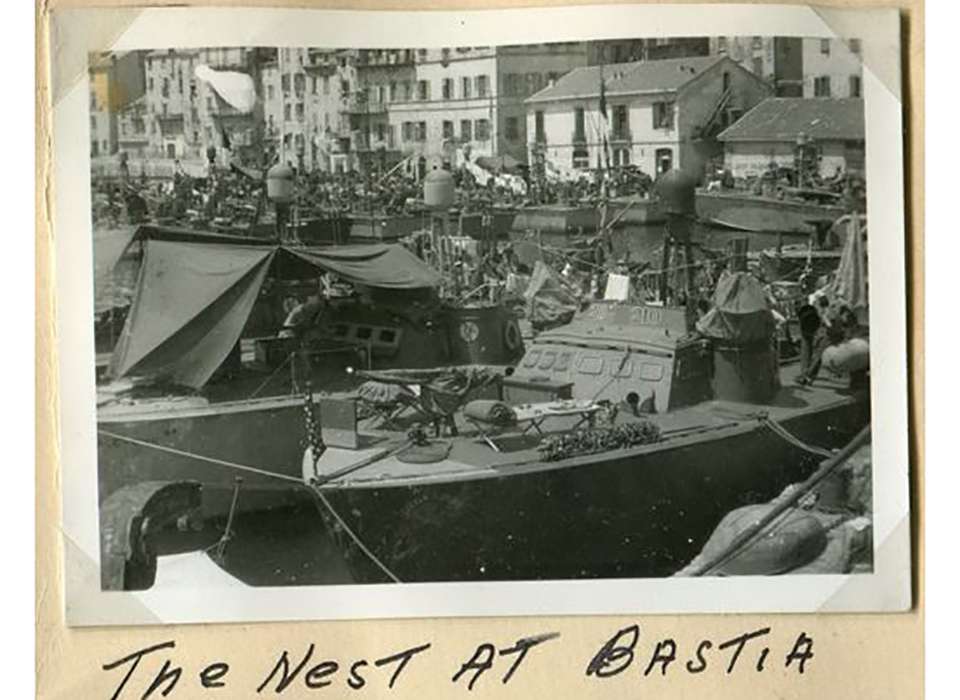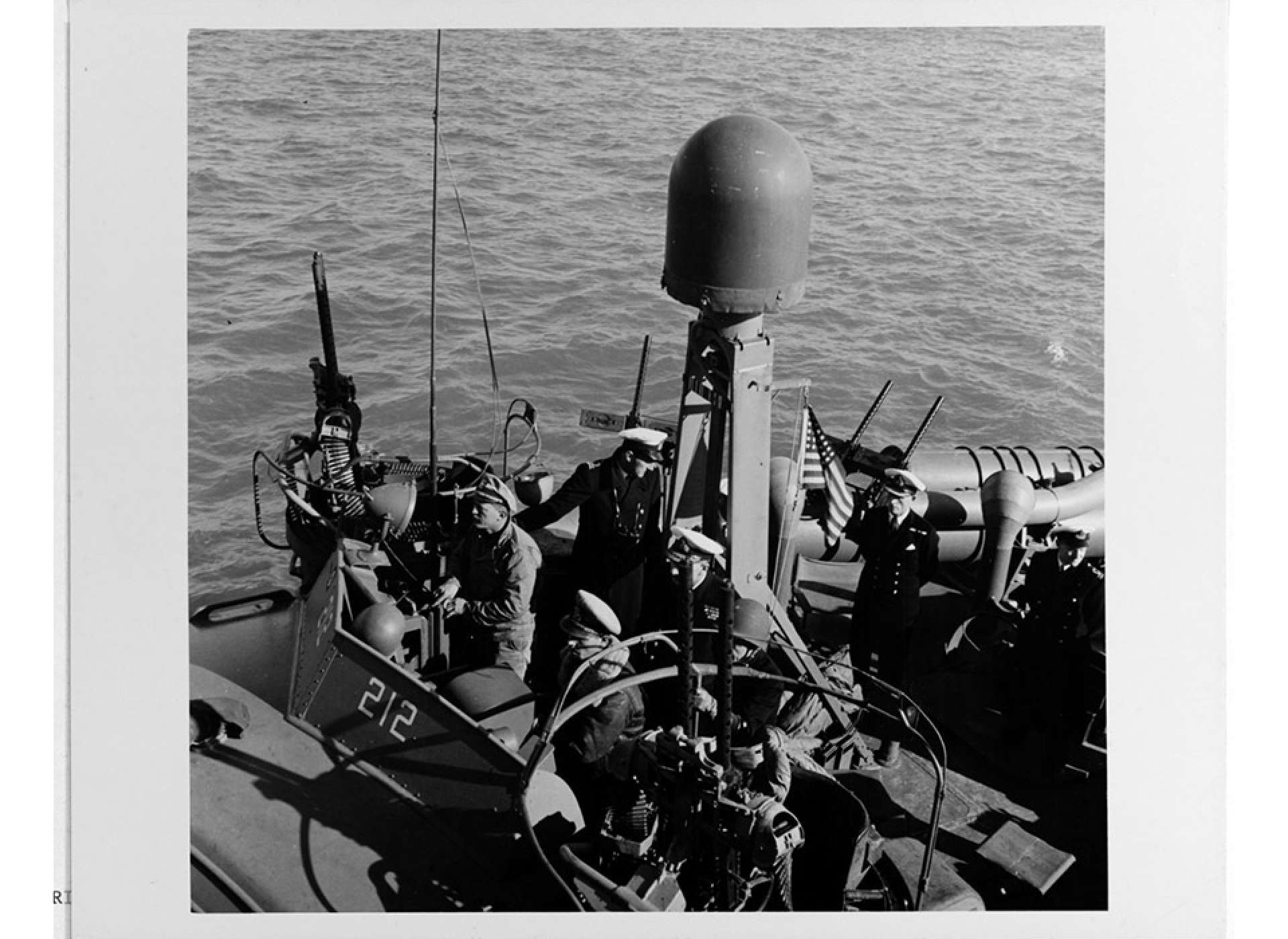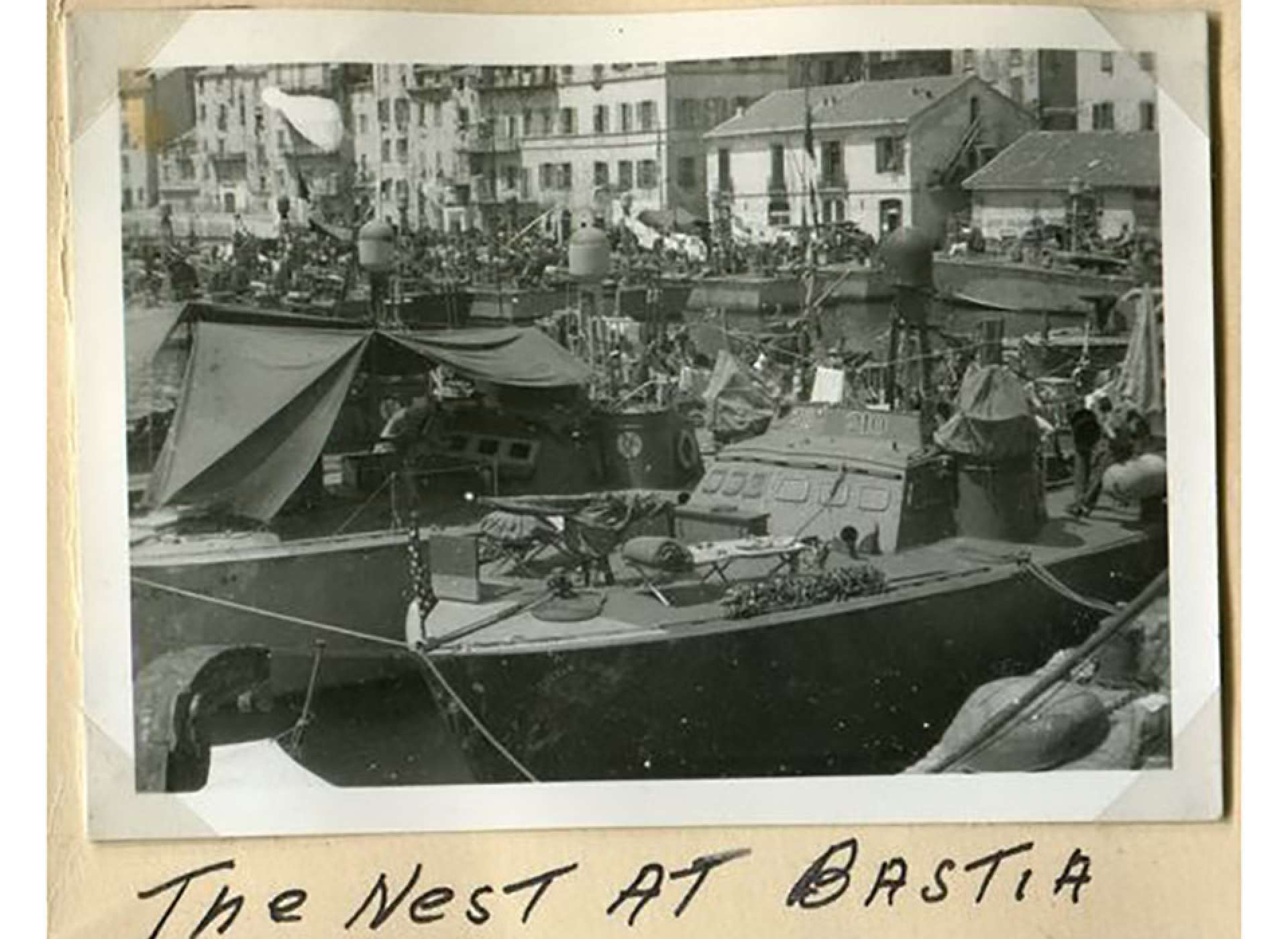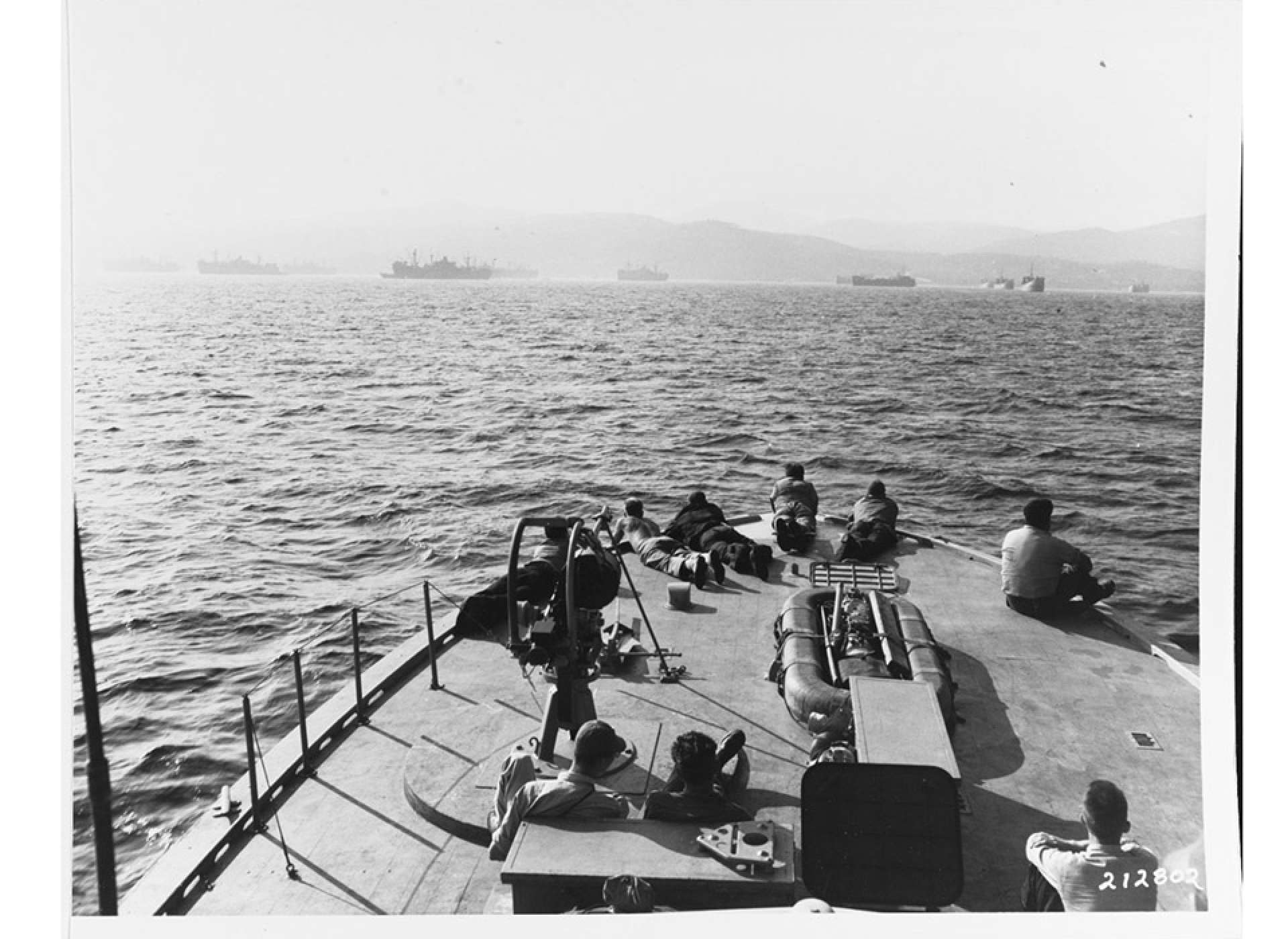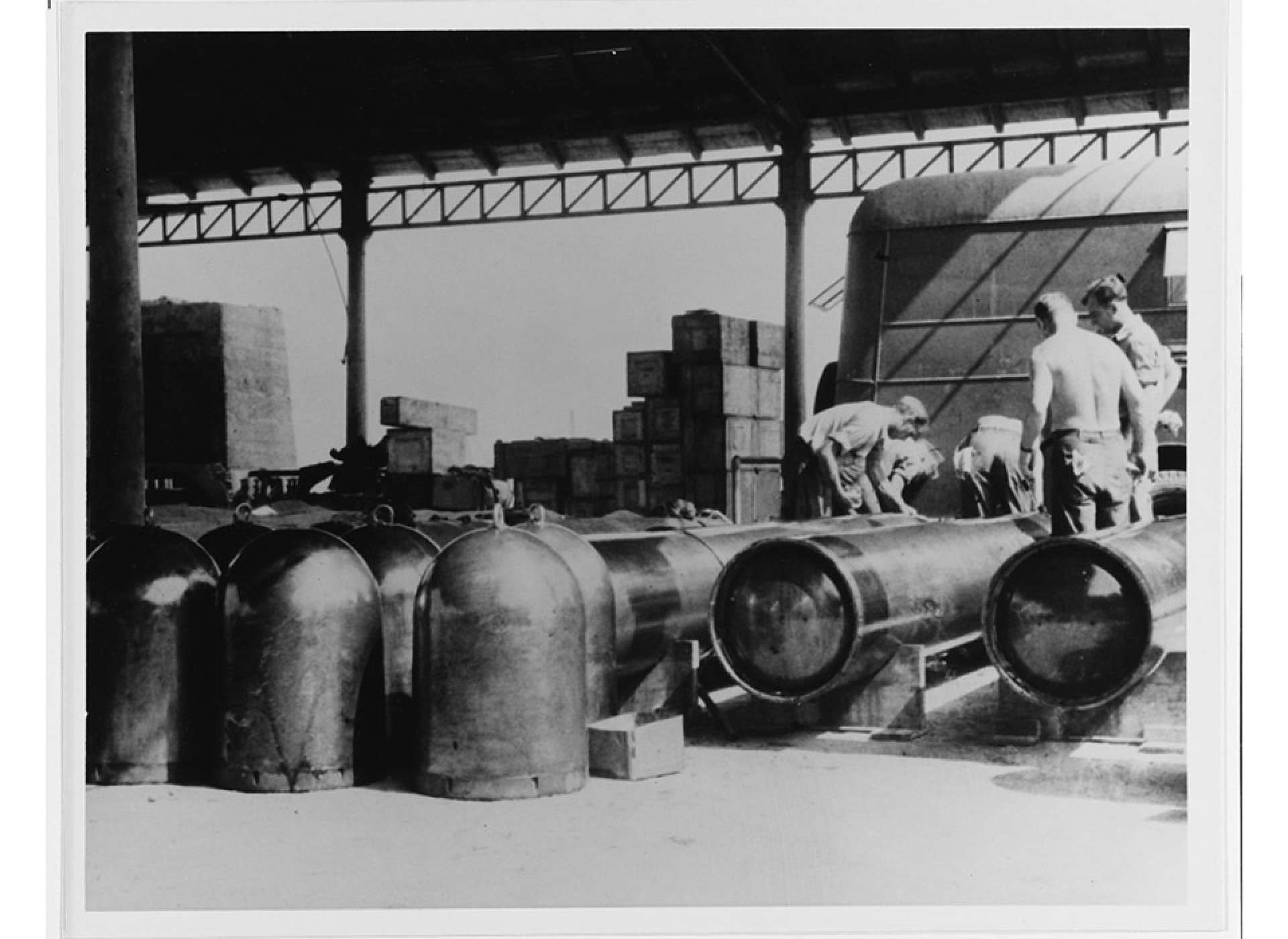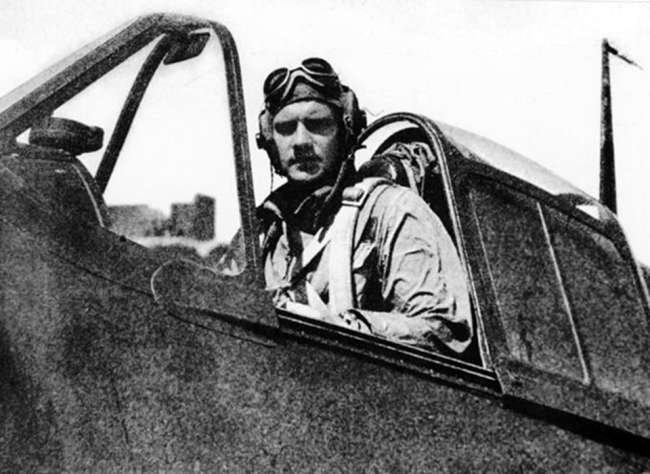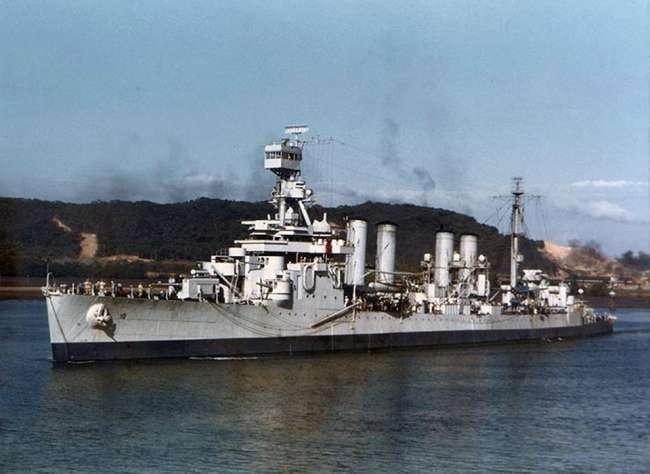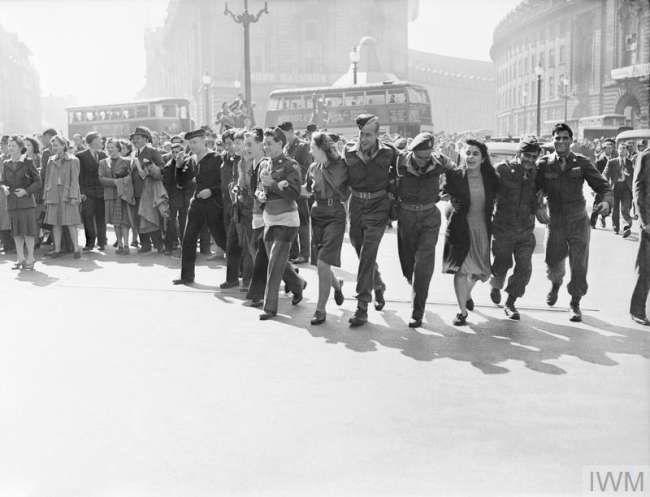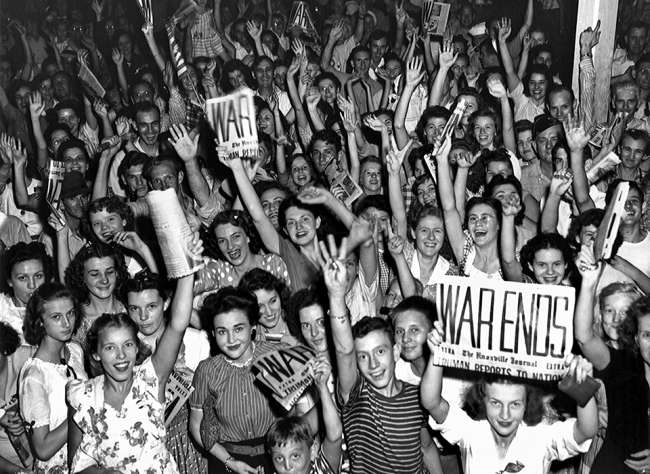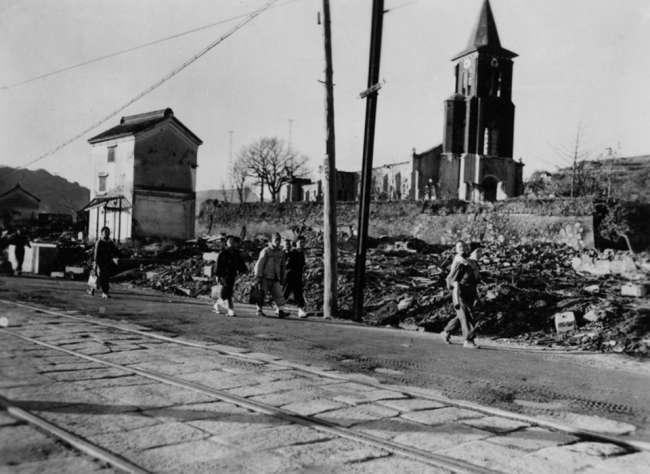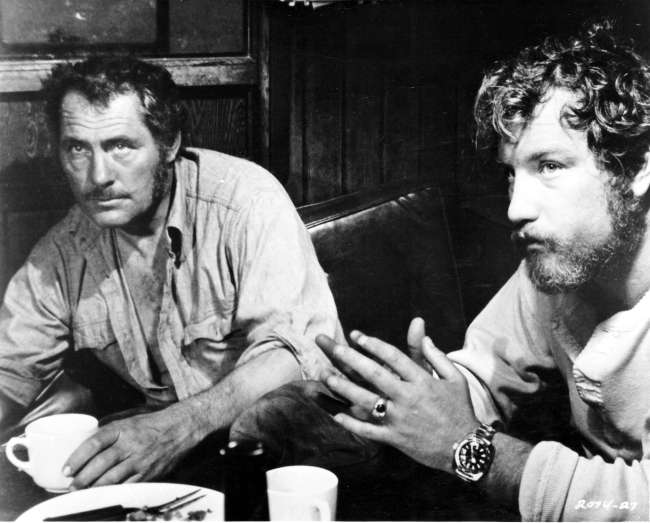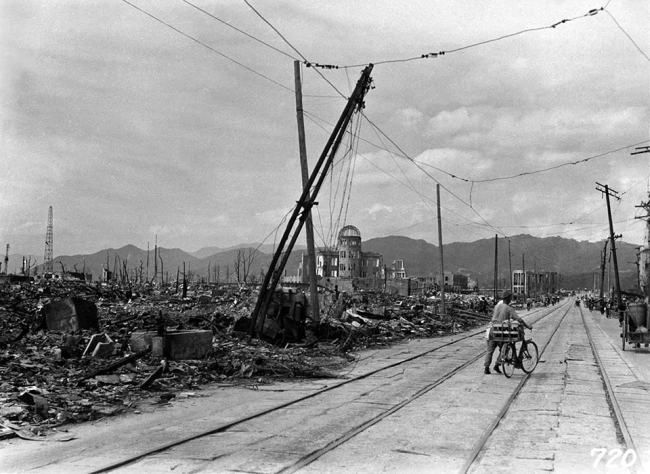On the night of April 28/29, 1945, 10 Patrol Torpedo (PT) Boats of Motor Torpedo Boat (MTB) Squadron 22 cast off from their nest in Golfe-Juan, France, for the final offensive naval patrol of the War in the Mediterranean theater. They were continuing the work of Motor Torpedo Boat Squadron 15 which had conducted its first patrol exactly two years before out of Bone, Algeria, in North Africa. The boats of MTB Squadron 22 joined a task force of warships ranging from stately French cruisers to humble British Motor Gun Boats. This two hour sweep of the Franco-Italian coastline went more like a parade, a procession of warships working their way down the “occupied” coastline to determine if there was any resistance left. On this night the Italian Rivera offered no artillery fire, star shells, or attacks by Axis coastal forces. The patrol was deemed a success. It was an anti-climactic end to a long naval conflict of great nations and great fleets in which the American PTs played a part.
For centuries the Mediterranean Sea had been a pressure cooker of conflict, completely contained except for small vents to the rest of the world at the Straits of Gibraltar in the east, and, in more modern times, at the Suez Canal in the west. Within this cooker happened dozens of major amphibious landings, island sieges, spectacular paratrooper drops, the life and death of cultural icons, and major fleet engagements. This was a theater of total war and drama. Actions viewed as great betrayals like the British attack on the French Fleet at Mers-el-Kébir met their counterpoints in the rising of hero generals and the landings in North Africa, Italy, and Southern France.
Conquering the Mediterranean Sea and thus the “soft underbelly” of the Axis required strong naval forces. Approximately 2,000 miles from East to West, the Mediterranean Sea was ringed by different nations, influenced by colonial powers, torn by religious conflict, and dotted by islands. This theater was as complicated as it was large. Within the context of naval warfare, the Mediterranean was unique because its size allowed battleships room to maneuver, but its shores and distances were ideal for small boats and air power to play a key part as well. By the end of 1943 most of the great sea battles between the large French, Italian, and British fleets had ended. Even though the great fleet struggles had slowed down, the fight to keep armies supplied continued. This is where coastal forces arrived to play their part.
The Coastal Forces were a division of the British Royal Navy that consisted of small torpedo and gun boats. This force evolved out of the motor torpedo boat. The invention of the Whitehead Torpedo in 1866 changed how naval warfare was conducted. This self-propelled torpedo suddenly enabled a small and easily manufactured boat to sink large expensive warships. The major drawback to these motor torpedo boats was that they needed to operate in protected waters, near coastlines, or in bays. By the early 1900s the internal combustion engine became powerful enough to propel newer, faster planning hull boats. These lightweight, fast boats, became the first successful torpedo boats. By the end of World War I motor torpedo boats had proved their worth by attacking coastal shipping, laying mines, and in the case of the Italian motor torpedo boat MAS-15, sinking the 22,000 -ton Austro-Hungarian battleship Szent István.
During World War II, British Coastal forces waged their largest campaign in the English Channel, duking it out with German minelayers, destroyers, and E-boats, but soon their potential in the Mediterranean was realized. By the spring of 1943, the end of the vaunted Afrika Corps was at hand in Tunisia. With its evacuation eminent, aircraft and surface ships raced to cut off German evacuations by day, while coastal motor torpedo and motor gun boats arrived to take away the night. It was to these forces that a single squadron of American PT boats was attached in March 1943.
-

British Royal Navy Officers standing on the deck of PT-212. During joint patrols, if a British officer was placed in command he would often ride on a PT to take advantage of the SO surface search radar equipped on the American boats. Naval History and Heritage Command.
-

PT boats of Squadron 15 and 22 “nested” in the harbor of Bastia, Corsica. Patrolling only at night meant that PT crews rested and worked on their boats during the day. Gift In Memory of Edric G. Costain. 2010.152
-

An ELCO PT boat of Squadron 29 approaches the invasion beaches in Southern France. In addition to torpedoing enemy shipping, PTs carried out many time sensitive missions, in this case this boat is delivering blood to the invasion beaches for treating wounded. Naval History and Heritage Command.
-

PT boats fired two types of torpedoes, Mark 8s from tubes, or Mark 13s from roll off racks. These torpedoes, with warheads detached, are stored at a warehouse in Palermo, Sicily, awaiting delivery to the hulls of German ships. Naval History and Heritage Command.
Coastal forces were slow to develop in the United States Navy. Isolated by the Atlantic Ocean on one side and the Pacific on the other, there was just no need for short-range torpedo boats when thousands of miles of ocean buffered America from its enemies and large coastal batteries could protect the port cities. This changed with the Navy Act of 1938, resulting in a 20 percent increase in the size of the US Navy. Slipped into this massive spending bill was a few million dollars to put towards developing motor torpedo boats. Within two years the Navy had run a few design competitions and by American entry into World War II had settled on designs from two companies, ELCO and Higgins Industries.
American motor torpedo boats differed from their British cousins in a number of ways. First, the US Navy called them Patrol Torpedo boats. Instead of developing two different classes of motor gun and motor torpedo boats the US developed a torpedo boat that was capable of the gunboat role. American boats were 77 (ELCO) or 78 (Higgins) feet long. As initially designed, each type of boat had a crew of about 14 men, carried four torpedoes, one 20mm cannon, and two twin .50 caliber machine gun mounts and was capable of going over 40 knots. Over the years these designs changed with the advancement of their role. ELCO boats grew to 80 feet and each builder’s boats added new weapons, radar technologies, and engines that gave maximum performance. Both of these designs proved so successful that over 500 PT boats were commissioned into the US Navy. The US Navy also operated their light craft differently. Instead of building a force of coastal craft with different characteristics, the US Navy simply deployed a squadron of PT boats to serve as a sort of “coastal command.”
Of the 41 PT squadrons commissioned into the US Navy during World War II, three were sent to the Mediterranean to serve with British Coastal Forces. Lieutenant Commander Stanly Barnes arrived with the 18 PT boats of Squadron 15 on April 13, 1943. By April 28, he was taking boats out on their first patrols of the German-held ports that were supplying and evacuating forces in North Africa. Barnes saw his first real action when he snuck PT-206 into the eastern side of Cape Bon, Tunisia, and torpedoed a German tanker. It was the beginning of a PT march to the end of the war, from North Africa to the Southern coast of France. Boats from Squadron 15 participated in the invasions of Sicily, Italy, and Anzio. They operated as dispatch boats, escorts, and conducted nightly patrols of enemy occupied coastlines. In May 1944, two additional squadrons, 22 and 29, joined the veteran boats of Squadron 15 for the final march up the western coast of Italy. Based on the islands of Maddalena and Corsica, boats from these three squadrons joined their British counterparts in nightly patrols of the Italian coast.
Bringing PT boats within the home waters of Italy was a very challenging prospect. For the last year of the war the boats were traveling by night to interdict coastal shipping bringing supplies to the front lines in Italy. To keep away from Allied air and sea power, small convoys of heavily- laden supply barges ran the coast lines at night. To protect these coastal routes barrages of mines were laid to prevent incursion by deep-draft warships. To combat American and British small boats a series of artillery batteries were emplaced along the coast and convoys were escorted. Every night American and British coastal forces slipped through the minefields and under the guns to attack. Rarely did they venture out without being fired upon by escorts or coastal artillery.
Cooperation was the key to winning the nightly battles with German convoys. For most operations American and British boats operated separately, but occasionally they would team up. American crews were able to benefit from British experience and American PTs, with their superior radar, could guide groups of British boats. When just PTs were patrolling, they operated in groups of three. Each group was assigned a section of coastline and allowed to attack anything in its boundaries. If a convoy was missed they would communicate to the next group of boats down, guiding them onto the target.
By the last patrol on the night of April 28, 1945, American PT boats had been fighting in the coastal waters of North Africa, Italy, and France for two years. During that period, they fired 354 torpedoes, claiming 38 vessels totaling 23,700 tons sunk. The campaign cost four American PTs lost to mines, with the loss of 5 officers and 19 enlisted men. These small PT boats had joined the great naval conflict of the Mediterranean and been able to punch above their weight, proving their worth within the coastal forces.
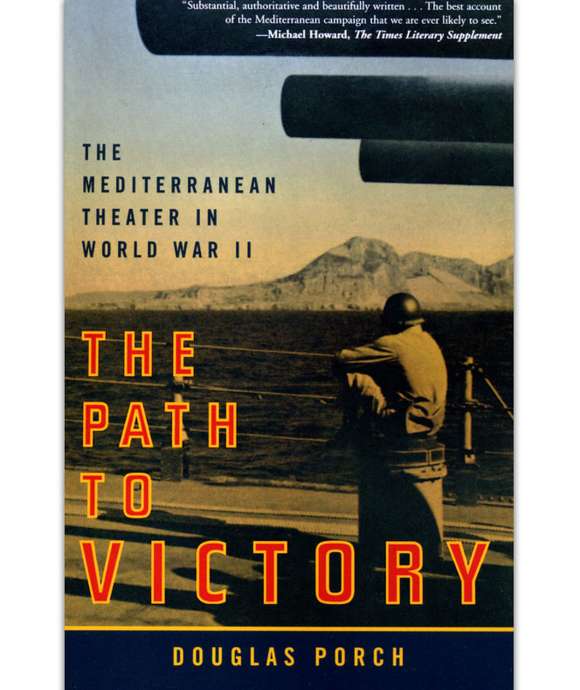
The Path to Victory
Support the continuing educational mission of The National WWII Museum by shopping our Museum Store book selection here.
Joshua Schick
Cite this article:
MLA Citation:
APA Citation:
Chicago Style Citation:
